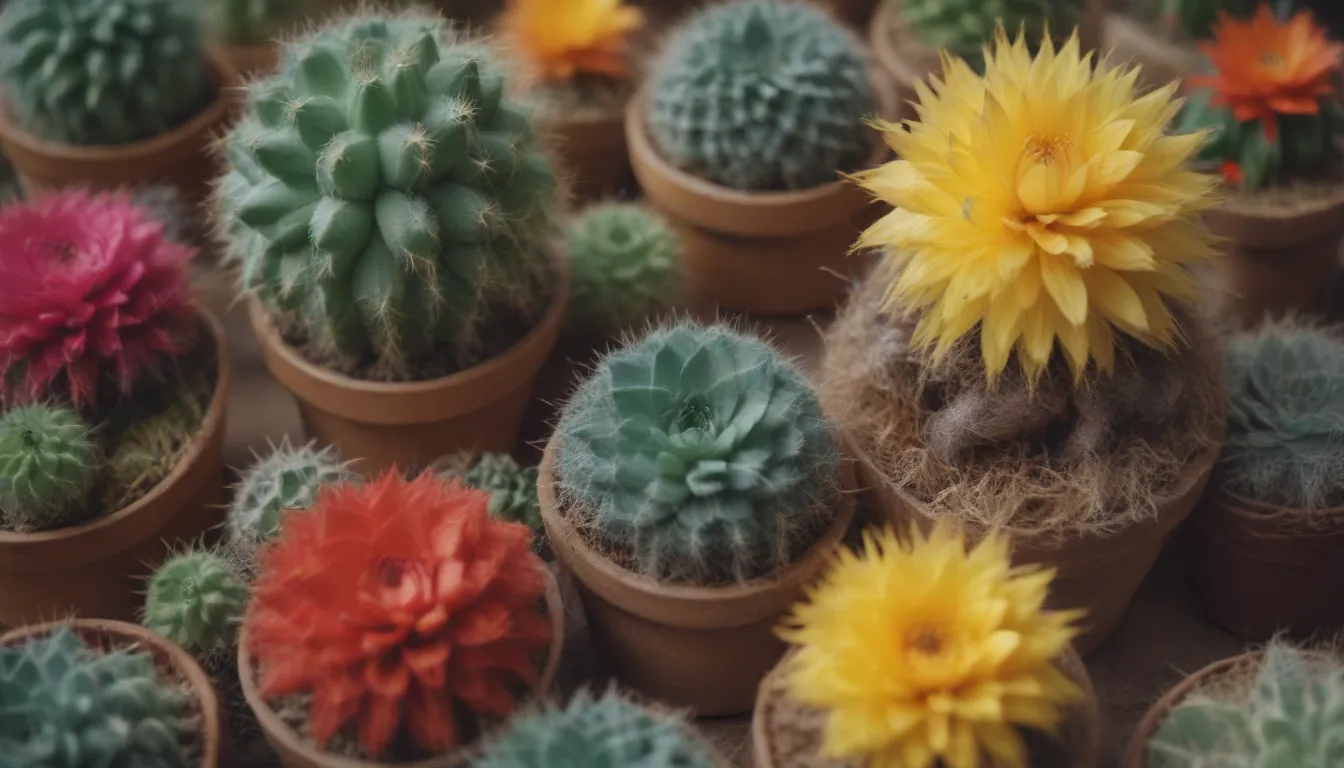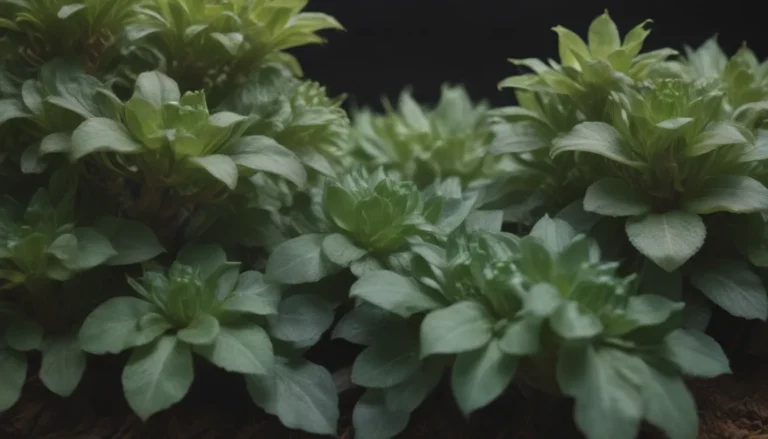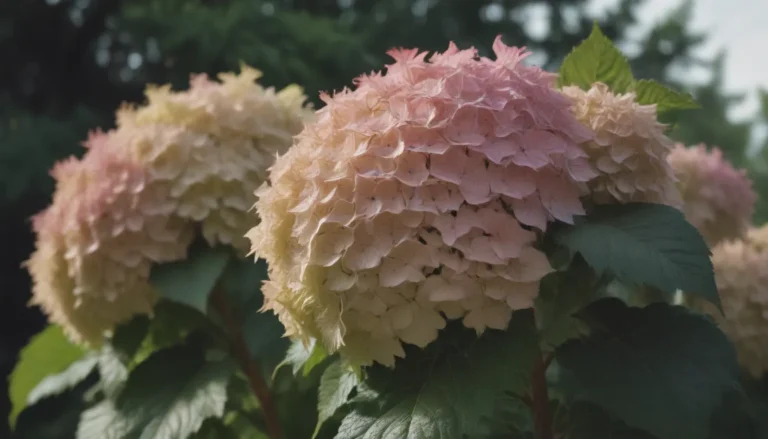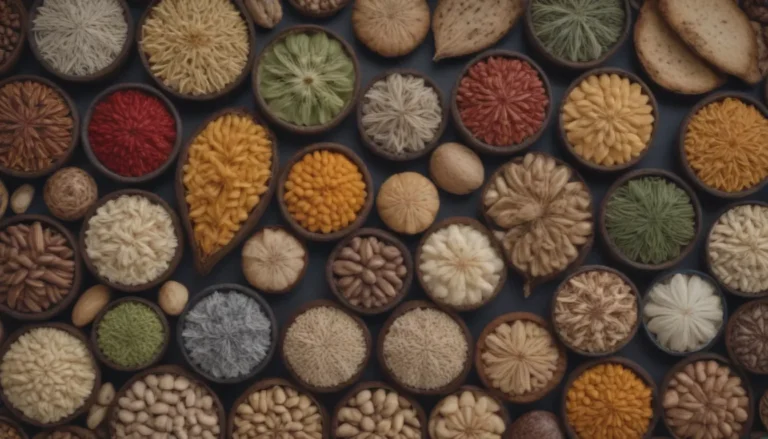A Comprehensive Guide to Thanksgiving, Christmas, and Easter Cacti

If you’re a plant enthusiast looking to brighten up your home during the winter months, you may have come across the beautiful holiday cacti – Thanksgiving, Christmas, and Easter cacti. These vibrant plants are not only visually appealing but also easy to care for, making them a popular choice for many. In this article, we’ll delve into the differences between these three types of cacti and provide you with valuable tips on how to care for and identify them.
A Closer Look at Thanksgiving, Christmas, and Easter Cacti
The Thanksgiving, Christmas, and Easter cacti are all part of the cactus family and share some similarities in appearance. However, there are key differences that set them apart. Let’s explore these variations in more detail:
Appearance
- Thanksgiving Cactus (Schlumbergera truncata)
- Pointed, claw-shaped leaf edges
- Flowers stand upright
- Christmas Cactus (Schlumbergera x buckleyi)
- Scalloped-edged leaves
- Tubular flowers
- Blooms around Christmastime
- Easter Cactus (Rhipsalidopsis gaertneri)
- Smooth, round-edged leaves
- Star-shaped flowers
- Blooms in the spring
Bloom Time
The names of the holiday cacti give away their blooming seasons. The Thanksgiving cactus blooms in late fall through midwinter, the Christmas cactus blooms from early winter to midwinter, and the Easter cactus blooms from late winter to early spring.
Stems
Each type of holiday cactus has unique stem characteristics that can help you identify them:
– Thanksgiving cactus: sharp-toothed edges resembling crab claws
– Christmas cactus: scalloped edges with teardrop-shaped appearance
– Easter cactus: four to six rounded leaf edges with tiny brownish hairs on the tips
How to Care for Your Holiday Cacti
Now that you can distinguish between the Thanksgiving, Christmas, and Easter cacti, it’s essential to know how to care for them properly. Follow these tips for optimal care of your holiday cacti:
- Light: Place your cactus in bright, indirect light.
- Water: Water your cactus when the top inch of soil is dry.
- Soil: Use well-draining soil to prevent root rot.
- Fertilizer: Feed your cactus with a balanced fertilizer during the growing season.
- Temperature: Keep your cactus in moderate temperatures, avoiding extreme heat or cold.
- Propagation: Propagate your cactus through stem cuttings for new growth.
How to Encourage Your Holiday Cactus to Bloom
Getting your holiday cactus to bloom can be a rewarding experience. While proper care year-round is essential, here are some additional steps to help induce blooming:
Induce Dormancy
- Forcing your cactus into dormancy is typically required for blooming.
- Create short days (12 hours or more of darkness) for six to twelve weeks, depending on the cactus type.
Break Dormancy
- Once flower buds have formed, move the plant to a bright, draft-free location to encourage blooming.
- Flowers should start to open within a couple of weeks.
Deadhead Flowers
- Removing spent flowers prolongs the blooming period and encourages new blooms.
- Repeat this process as needed during the blooming season.
By following these steps, you can enjoy a beautiful display of blooms from your Thanksgiving, Christmas, and Easter cacti throughout the year.
Conclusion
In conclusion, Thanksgiving, Christmas, and Easter cacti are delightful additions to any home, bringing vibrant colors and charming blooms during the winter and spring months. By understanding the differences between these holiday cacti and providing them with proper care, you can enjoy their beauty for many years to come.
Remember to identify your cactus correctly, adjust your care routine based on its specific needs, and follow the tips on encouraging blooming for a healthy and thriving plant. With a little TLC, your holiday cacti will continue to brighten up your home and bring joy year after year.
So, whether you prefer the festive blooms of the Christmas cactus or the delicate flowers of the Easter cactus, these beloved plants will undoubtedly add a touch of cheer to your indoor garden. Happy gardening!





